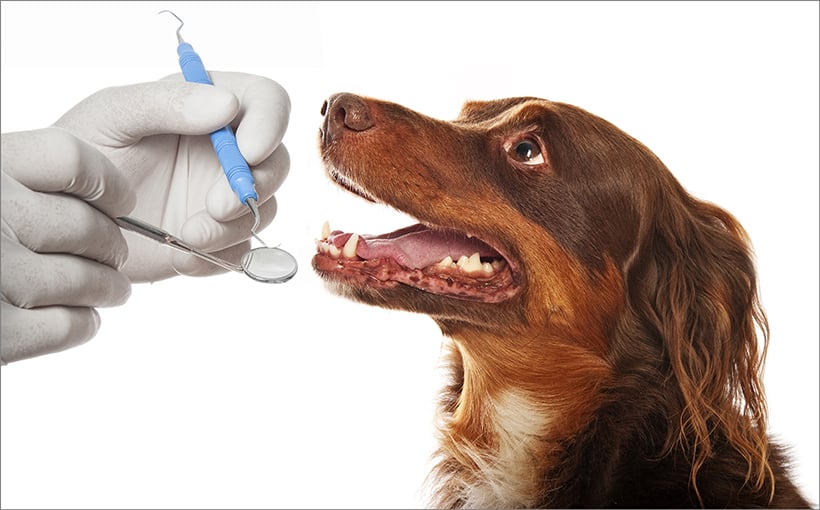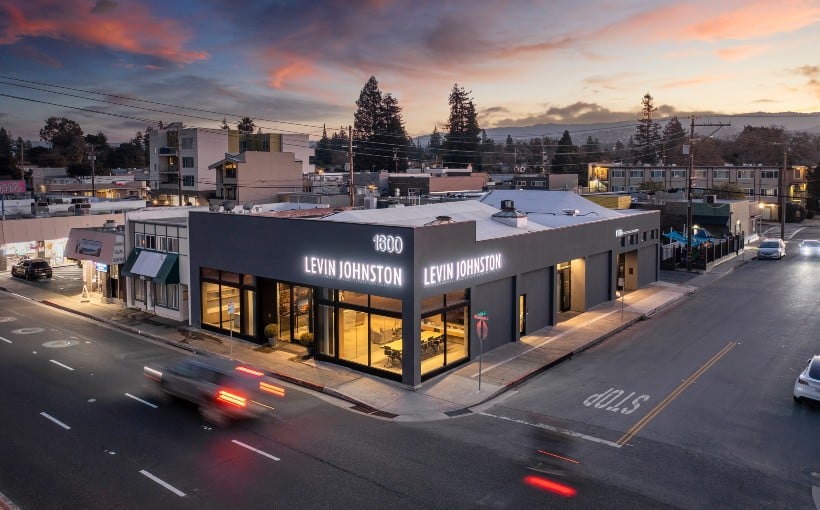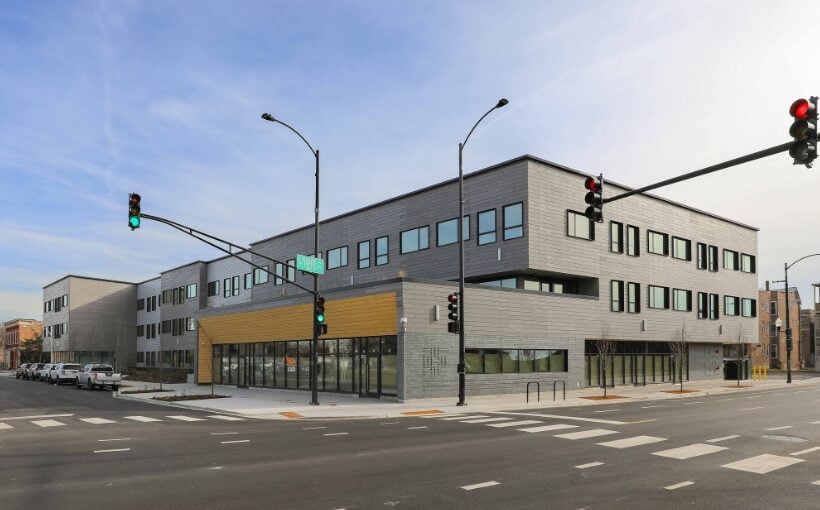At one time, dental procedures for animals were conducted in a veterinarian’s general treatment area or surgical suite. However, with the growing focus on dental hygiene in dogs and cats, more veterinarians are exploring specialization and creating dedicated spaces for dental care.
Dan Eisenstadt, CEO of Terravet Real Estate Solutions, spoke with Connect CRE about this emerging trend and its effects on veterinary-specific real estate.
### The Growing Interest in Veterinarian Dental Care
Eisenstadt explained, “Over the past decade, awareness of the importance of veterinary dentistry for dogs and cats has increased significantly. The American Veterinary Dental College only achieved full accreditation in 1995, and since then, the number of boarded veterinary dental specialists has risen steadily. This growth has influenced general practices to prioritize dental care, leading to the establishment of specialized dental suites or areas equipped with tools like dental X-ray machines and dedicated spaces for oral surgery after pets have been anesthetized.”
### Growth of Dental Care Specialties in Veterinary Practices
Eisenstadt noted that many general practice veterinarians now recognize the value of regular dental wellness exams. These exams have allowed earlier identification of issues like oral cancers. “Additionally, dental services have proven to be a profitable addition for practices, boosting revenue, profitability, and client visits,” he said.
### Impact on Veterinary Real Estate
Eisenstadt highlighted that historical veterinary facilities often operated in repurposed houses, strip malls, or small standalone spaces of less than 3,000 square feet. Over the past decade, there has been a shift towards purpose-built facilities exceeding 5,000 square feet. He explained that this shift is partly due to the increased demand for dedicated dental areas, which require practices to renovate and redesign treatment areas and surgery suites. Many practices have seized this opportunity to undertake larger-scale renovations to accommodate dental suites.
### The Outlook for Veterinary Dental Specialty Spaces
Eisenstadt is optimistic about the future of large, modern veterinary facilities. “We foresee a bright future for general practices with five or more veterinarians in purpose-built spaces over 7,000 square feet. These facilities include dedicated dental areas and multiple exam rooms, enabling seamless operations for multiple veterinarians,” he said. Terravet REIT focuses on supporting the development and ownership of such buildings, with their average facility exceeding 10,000 square feet in size.
About the Publisher:
Steve Griffin is based in sunny Palm Harbor, Florida. He’s an accountant by profession and the owner of GRIFFIN Tax (www.griffintax.com) and REVVED Up Accounting (www.revvedupaccounting.com). In addition, Steve founded Madison Avenue Technology (www.madisonave.tech). With a strong passion for commercial real estate, he’s also dedicated to keeping you up to date with the latest industry news.



